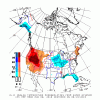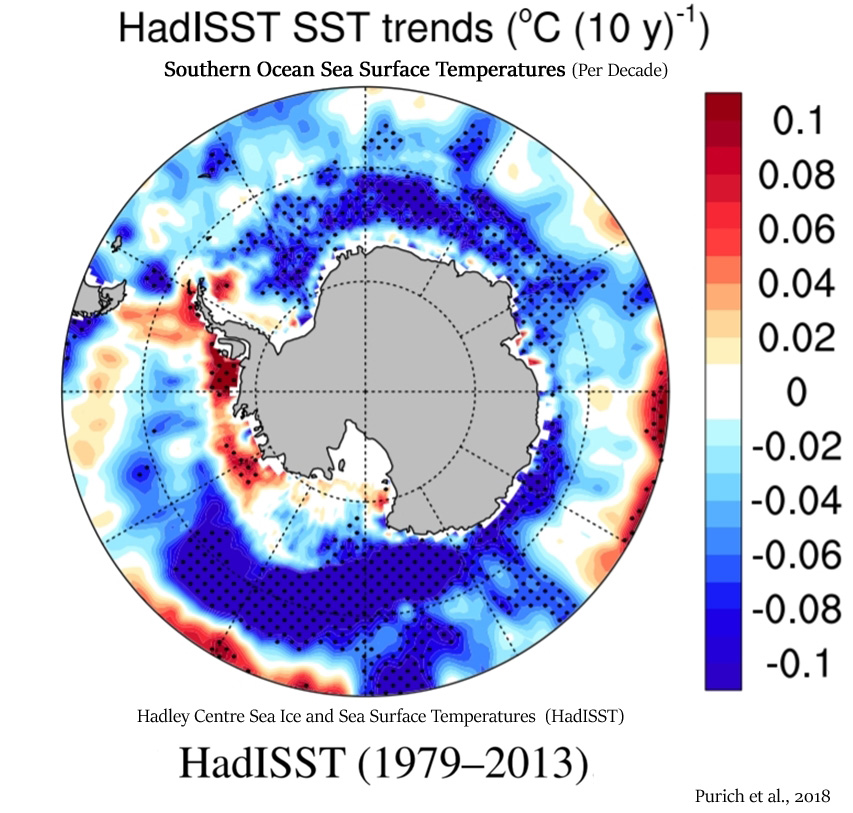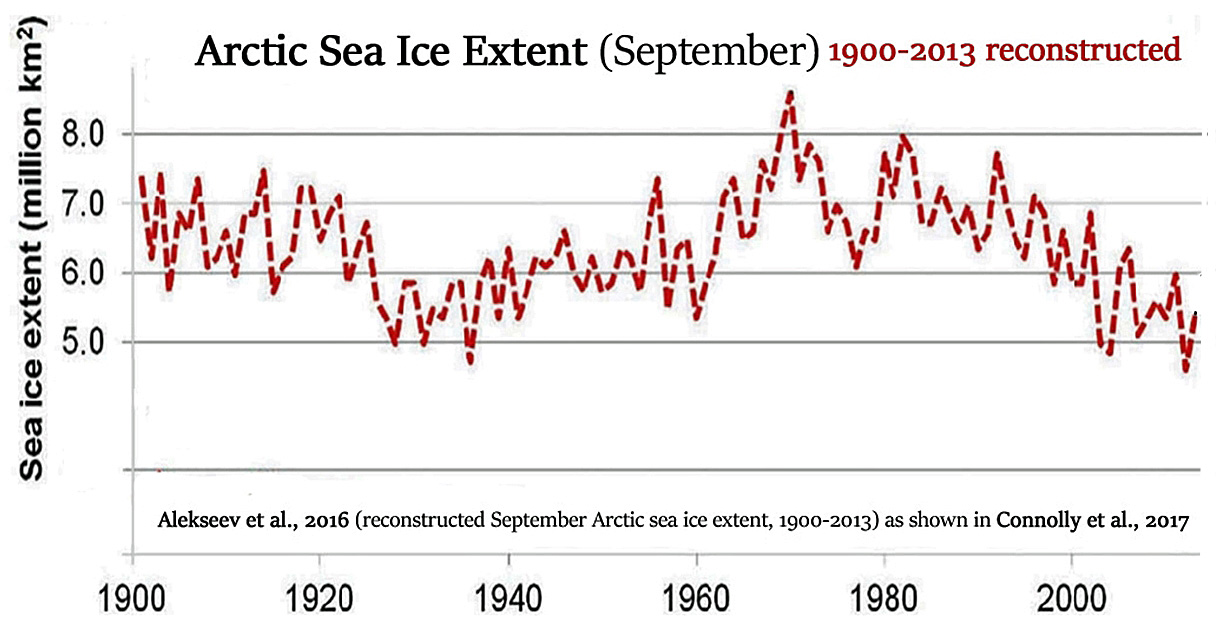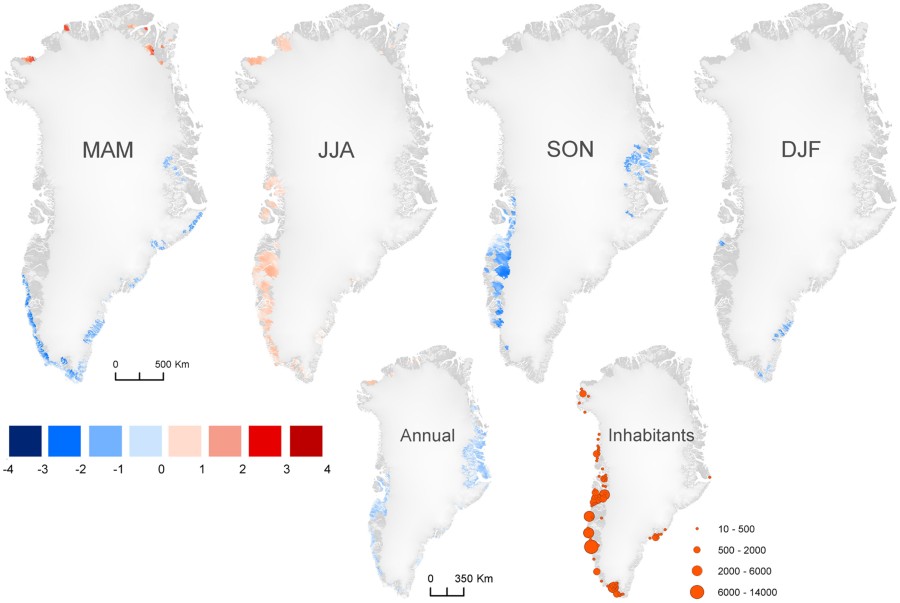Webberweather53
Meteorologist
No, science seeks to ask better questions and evaluate all possible options that may or may not explain the changes we see going on. Science is always uncovering new data and there are plenty of factors that we likely do not understand at all or have a poor grasp on due to the limited amount of time that we have been able to measure changes with satellites and other modern technologies. There always have been and will be economic disasters like hurricanes, the Dust Bowl, floods, etc it's just a part of life and dealing with what happens in nature.
Another interesting note, if indeed the oceans were to warm up significantly over time this would likely decrease tropical activity (in the Atlantic) since El Nino would be more common and it typically brings high shear values that are detrimental to TC development and growth, no matter how warm the waters are.
Most of the science to date supports the theory that man is playing a significant role in modern climate changes, but a warmer climate as you mentioned later on actusllt doesn’t favor more El Ninos, if you have studied paleoclimate records and modern record keeping, you’d actually find that the inverse is true, La Niñas are favored with a warmer globe but why? In a general sense where I think most here can understand, the climate warms, the Hadley Cell expands, this results in larger seasonal variability in the ITCZ which favors the monsoon circulations over the Eastern hemisphere and off equatorial convection. The stronger E Hem monsoon skews the ENSO distribution towards La Niñas that also favors more frequent +NAOs/AOs. You should seriously consider studying what happened in the medieval warming period for confirmation of this relationship, because this period of global warming was dominated by La Niñas whereas the Little Ice Age featured more Ninos relatively speaking.
https://journals.ametsoc.org/doi/10.1175/JCLI-D-12-00598.1
https://journals.ametsoc.org/doi/abs/10.1175/2008JCLI2200.1











